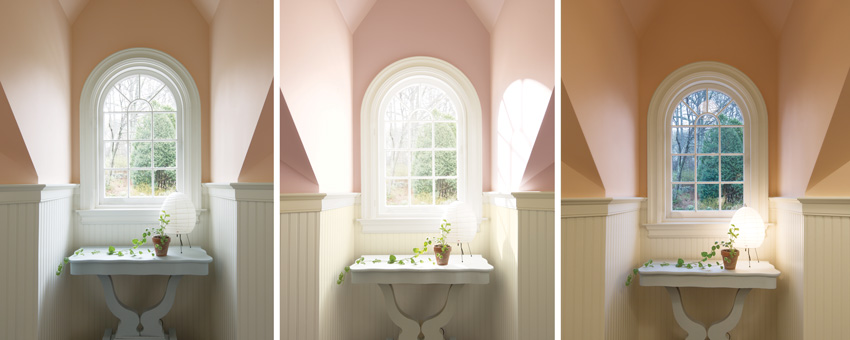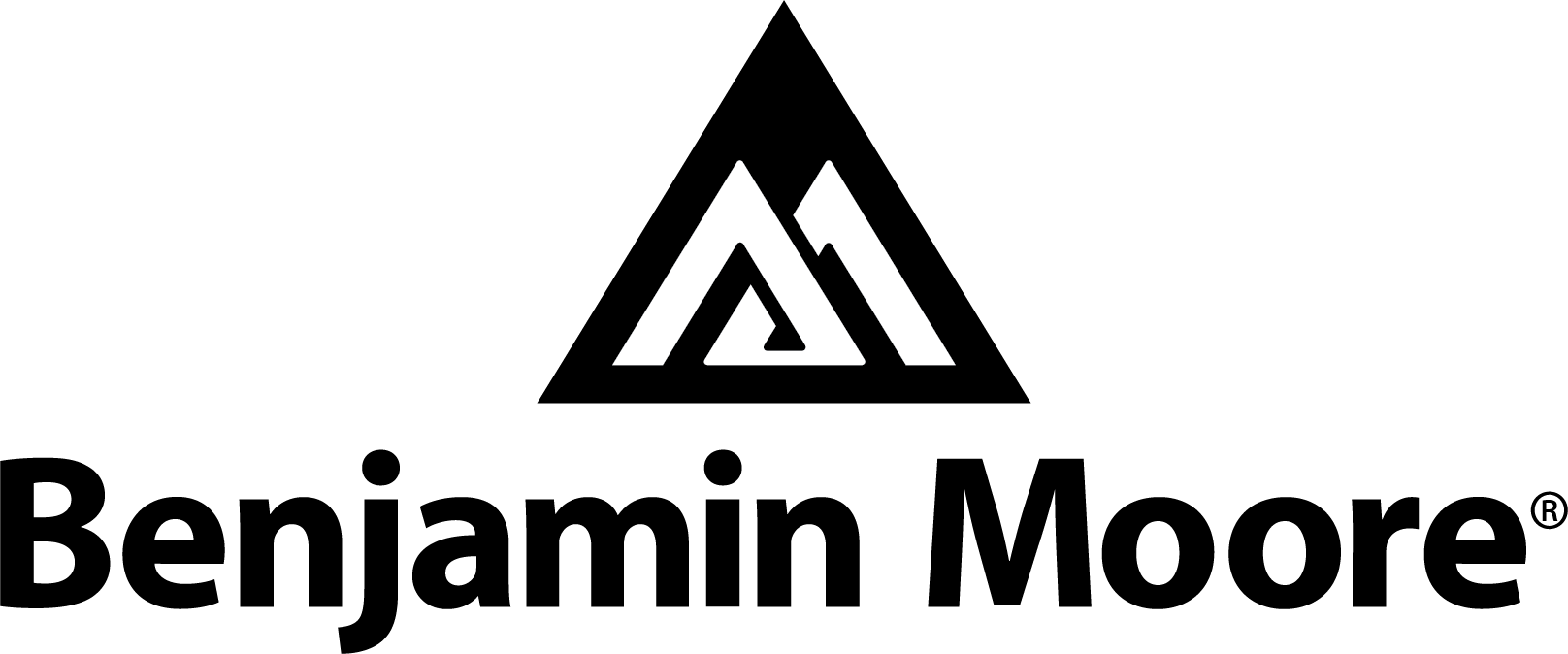The Science of Visible Light and Its Impact on Paint Specification
 1 AIA LU/Elective; 1 IDCEC CEU; 0.1 IACET CEU*; 1 AIBD P-CE; AAA 1 Structured Learning Hour; This course can be self-reported to the AANB, as per their CE Guidelines; AAPEI 1 Structured Learning Hour; This course can be self-reported to the AIBC, as per their CE Guidelines.; MAA 1 Structured Learning Hour; This course can be self-reported to the NLAA.; This course can be self-reported to the NSAA; NWTAA 1 Structured Learning Hour; OAA 1 Learning Hour; SAA 1 Hour of Core Learning
1 AIA LU/Elective; 1 IDCEC CEU; 0.1 IACET CEU*; 1 AIBD P-CE; AAA 1 Structured Learning Hour; This course can be self-reported to the AANB, as per their CE Guidelines; AAPEI 1 Structured Learning Hour; This course can be self-reported to the AIBC, as per their CE Guidelines.; MAA 1 Structured Learning Hour; This course can be self-reported to the NLAA.; This course can be self-reported to the NSAA; NWTAA 1 Structured Learning Hour; OAA 1 Learning Hour; SAA 1 Hour of Core Learning
Learning Objectives:
- Describe the visible light spectrum, including how the human eye sees and how the brain interprets color.
- Explain how correlated color temperature (CCT), color rendering index (CRI), and spectral power distribution (SPD) impact the quality and color of light.
- Distinguish the CCT and CRI of different artificial light sources, and describe their affects on color.
- Discuss trends in lighting technology that allow users to choose and change color temperature and other lighting characteristics.
- Provide examples of how design professionals can use their knowledge of light to help specify paint color and sheen.
This course is part of the Interiors Academy
Artificial Lighting and Color
Depending on the type and age of a building, you may encounter a range of artificial lighting systems, from incandescent and halogen to fluorescent and LEDs. Often buildings will include a combination of lighting types and will supplement artificial lighting with daylighting.
You likely understand intuitively that certain colors look more appealing when illuminated by certain types of artificial lighting compared to others. These differences can largely be explained by the differences in CCT, CRI, and efficacy (efficiency) of these light sources. Understanding these characteristics can help design professionals select the ideal paint color for both residential and commercial projects.
Let us look at some common sources of artificial lighting.
Incandescent Lighting
The incandescent, or Edison, bulb has been with us for more than 100 years, with the basic technology unchanged. These lamps produce light via a tungsten wire filament that is placed inside a glass bulb. When an electric current is passed through the filament, resistance in the filament creates heat, and the bulb glows. As we saw earlier, the SPD graph for incandescent lighting shows that there is much more energy toward the red end of the spectrum, which explains why incandescent bulbs produce such warm light.
Incandescent lighting has a CCT of about 2700 K, and its CRI is 100, meaning incandescent lamps are very good at rendering color. Unfortunately, these lamps are highly inefficient. About 90 percent of the energy is lost as heat, and their life expectancy is short. Consequently, incandescent lamps are being rapidly phased out in the name of energy efficiency. The United States has set efficiency standards that in effect preclude the manufacture or importation of certain incandescent lamps. A second tier of even more stringent standards has been delayed, as of this writing.
Halogen Lighting
First patented by General Electric in 1959, halogen lighting is considered a type of incandescent lighting, but with several advantages over the Edison bulb
Halogen lighting is about 20 percent more efficient than conventional incandescent lighting. More energy is released as light, and the lamps have a longer service life. The bulbs burn at a continuous level of brightness and have a lifespan of about 2,000–3,000 hours.
The SPD of halogen lamps is the closest of all light sources to daylight; it is relatively balanced across the visible spectrum. Consequently, halogen is considered an ideal light source.
The CCT of halogen is approximately 3000 K, which is considered warm light, and it renders color at 100 percent. This relatively high CCT enables good color rendition across a wide range of colors.
On the downside, halogen lamps have a high operating temperature, and while they are more efficient than other incandescent lighting, they are far less efficient than LEDs. Hence, many countries have begun phasing them out, and in the United States, they are rapidly being replaced by LEDs. Also, the light quality is not consistent. Though bright and white at maximum output, when dimmed, halogen light appears amber.
In addition to specific applications in homes and commercial buildings, such as task lighting, halogen lamps are also used for film projectors, vehicle headlights, floodlights, work lights, and in film production.
Fluorescent Lighting
Though the technology was developed in the 1880s, the first fluorescent lamps were not available commercially until the 1930s. These lamps work by exciting a vapor inside a glass tube. As electricity passes between tungsten cathodes, the mercury vapor releases ultraviolet energy. A phosphor coating on the inside of the tube converts the ultraviolet (UV) light into visible light—a process called fluorescence.
Fluorescent lamps require a ballast, which controls the current to the lamp. The current must be modulated as the gas inside the tube ionizes and the resistance lowers—otherwise the lamp would destroy itself.
From classrooms to grocery stores, fluorescent lighting is widespread in commercial and institutional buildings. Fluorescent lighting is seen in residential settings, particularly kitchens, and compact fluorescent bulbs, or CFLs, have replaced the traditional Edison bulb in many homes.
The light produced by early fluorescent lamps was cold and undesirable; however, phosphor technology has improved, resulting in more pleasing light with higher CRIs.
The SPD graph for fluorescent lighting reveals spikes at the red, green, and blue wavelengths with little or no output at others. Colors appear cool. Blues and greens are enhanced, while reds and yellows are muted.
Fluorescents are available in a range of CCTs, from warm whites (2700 K) to cool white (6500 K), and they have CRIs in the 80-plus range. They have a lifespan of about 8,000–10,000 hours.
There are several types of fluorescent lamps. Linear, or tube lights remain popular for their energy efficiency and their even, diffuse lighting.
Compact fluorescent lighting was designed specifically to replace incandescent bulbs. CFLs entered the market in 1979. The great advantages of CFLs over incandescent lights are their energy efficiency and long service life. CFLs use 75 percent less energy than incandescent lights, with a 23 to 27-watt CFL providing the same light output as a traditional 100-watt incandescent bulb.
Fluorescents have some disadvantages. One is the warmup time required. CFLs require thirty seconds or longer to achieve full brightness.
Over the years, the US Department of Energy has upgraded efficiency standards for fluorescent fixtures. A 2010 rule effectively phased out T12 fluorescent fixtures in favor of T8 and T5 systems, which are much more energy efficient.
More recently, the Department of Energy mandated that all “general service fluorescent lamps” manufactured after Jan. 26, 2018, meet increased efficacy standards, as measured by lumens per watt. This rule eliminated 32-watt T8 systems, which did not meet the standards, and encouraged the adoption of either 25W or 28W T8s or LED T8 replacements.
Light-Emitting Diodes (LEDs)
LEDs are available in a wide range of CCTs, from 2700K to 7000K, and offer CRIs of 80 or higher. Warm white LEDs are crisp and the colors are vivid; cool whites tend to emphasize greens, blues, and violets.
LEDs are extremely energy efficient. With a lifespan that ranges from 30,000 to 50,000 hours, a typical LED will last up to four times longer than a CFL or fluorescent and twenty-five times longer than an incandescent source. What’s more, the lifespan of LEDs is not effected by the number of times they are turned on and off. In the United States alone, LED technology is expected to contribute to approximately 40 percent lighting electricity savings by 2030.
Aside from their energy efficiency, LEDs hold several other advantages. When LED lamps are dimmed, the CCT remains relatively consistent. Unlike CFLs or fluorescent tubes, which require a warm-up time, LEDs achieve full brightness instantly. LEDs also contain no mercury or UV radiation.

These three images show how greatly color perception can vary in different lighting conditions. In the first image, the room is illuminated by diffuse natural light in the middle of the day. Notice the wainscoting has a gray cast and the wall color is a neutral, soft pink. In the second image, sunlight floods the room. Note the rosy hue of the walls, spots of glare, and whiter appearance of the wainscoting. In the third image, the scene is illuminated by incandescent (tungsten) lighting. The colors are warm, with reds, oranges, and yellows emphasized.
Natural Light and Daylighting
Few can argue against the appeal of a room flooded with natural light. In fact, daylighting can promote energy efficiency and occupant well-being, so long as glare and unwanted solar gain are controlled.
Natural light can have a significant and usually positive impact on color, but it is dependent on the room orientation and angle of the light. Light in north-facing rooms tends to be diffuse and cool. Hence, strong colors show well in these rooms, while lighter colors tend to look subdued.
South-facing rooms receive the most light, which can be a problem if left uncontrolled. However, these rooms lend themselves to a range of colors, whether cool or warm.
East and west-facing rooms have particular challenges. Light changes the most in these spaces. East-facing rooms benefit from warm morning light, but colors cool off as the sun moves higher. Similarly, west-facing rooms enjoy warm late afternoon and evening light, but colors may appear dull earlier in the day. In general, warm colors work well for these spaces.
Characteristics of Paint
Just as the lighting source can have an impact on how a painted surface appears, so can the type of finish and the composition of the paint itself.
All paints include four main components: resins (or binders), colorants and pigments, solvents, and additives.
Resins and binders hold the pigment particles together and provide film integrity and adhesion. Colorants and pigments provide color and hiding. They also protect the underlying substrate, control gloss and sheen, and provide other performance attributes.
Solvents thin the coating for easy spreading and application and evaporate as the coating dries. Additives provide specific properties such as mildew resistance, viscosity, and foam control.
The balance and quality of these four ingredients impact the paint’s properties.











